Dry Fruits: Nature’s Nutrient-Packed Treasures
Introduction
Dry fruits have been cherished for centuries for their distinct taste, nutritional value, and longevity. These delectable treats are fruits that have been dried to remove their moisture content, enhancing their flavor and increasing their shelf life. From raisins to apricots, almonds to cashews, dry fruits have found a prominent place in cuisines and cultures worldwide. In this article, we will explore the fascinating history, health benefits, and culinary uses of fruits, highlighting why they are considered nature’s nutrient-packed treasures.
The Ancient Origins of Dry Fruits
The practice of drying fruits dates back thousands of years. Ancient civilizations like the Egyptians, Persians, and Mesopotamians utilized this method to preserve fruits for consumption during off-seasons and long journeys. The earliest form of sun-drying was employed, followed by the development of more sophisticated drying techniques like dehydration and air-drying.
The Variety of Dry Fruits
The diversity of dry fruits available today is vast, each offering unique flavors and nutritional profiles. Some popular choices include raisins, dates, apricots, figs, prunes, cranberries, and apples. Nut varieties such as almonds, cashews, walnuts, pistachios, and hazelnuts are also categorized as dry fruits.
Nutritional Powerhouses
fruits pack a nutritional punch that belies their small size. They are rich in essential vitamins, minerals, fiber, and antioxidants. For example, almonds are an excellent source of healthy fats, vitamin E, and protein, while dates are abundant in potassium, iron, and dietary fiber. Consuming a variety of dry fruits can help meet daily nutrient requirements and promote overall well-being.
Health Benefits of Dry Fruits
- a. Heart Health: Dry fruits, like nuts, have been associated with improved heart health due to their high content of unsaturated fats, which can help lower bad cholesterol levels.
- b. Digestive Health: The fiber in dry aids in digestion and can help prevent constipation, promoting a healthy digestive system.
- c. Bone Health: Certain dry , such as apricots, are rich in calcium and potassium, contributing to improved bone density and health.
- d. Weight Management: Contrary to popular belief, moderate consumption of dry fruits can assist in weight management due to their satiating effect and nutrient density.
- e. Antioxidant Properties: The antioxidants present in dry help combat free radicals, reducing oxidative stress and the risk of chronic diseases.
Culinary Uses of Dry Fruits
Dry have a versatile nature and can be incorporated into a wide range of dishes, both sweet and savory. They add a delightful texture, flavor, and nutrition to various recipes. Some common culinary uses of dry fruits include:
- a. Baking: Raisins, apricots, and dates are commonly used in baking cakes, muffins, and cookies.
- b. Trail Mixes: A favorite snack for outdoor enthusiasts, trail mixes combine various dry with nuts and seeds for an energy-boosting treat.
- c. Desserts: fruits like figs and dates can be stuffed with nuts or used as natural sweeteners in desserts.
- d. Savory Dishes: In some cuisines, fruits are added to savory dishes like rice pilafs, curries, and salads, enhancing the taste and nutritional value.
Dry Fruits and Festivals
In many cultures, fruits hold a significant place during festivals and special occasions. They are often exchanged as gifts, symbolizing prosperity, health, and happiness.
Precautions and Moderation
Although dry are brimming with nutrients, they are also calorie-dense. Thus, overconsumption can lead to weight gain. Moreover, some individuals may be allergic to certain types of dry, warranting caution while incorporating them into their diet.
Conclusion
fruits, with their rich history, nutritional benefits, and culinary versatility, are indeed nature’s nutrient-packed treasures. From their ancient origins to their prominent place in contemporary cuisine, dry fruits have stood the test of time, delighting taste buds and nourishing our bodies. Including a variety of these delectable treats in our diet can provide us with a bountiful supply of essential nutrients, helping us achieve a healthier and happier life. So, the next time you reach for a handful of almonds or a sweet date, remember the treasure trove of goodness you’re consuming!

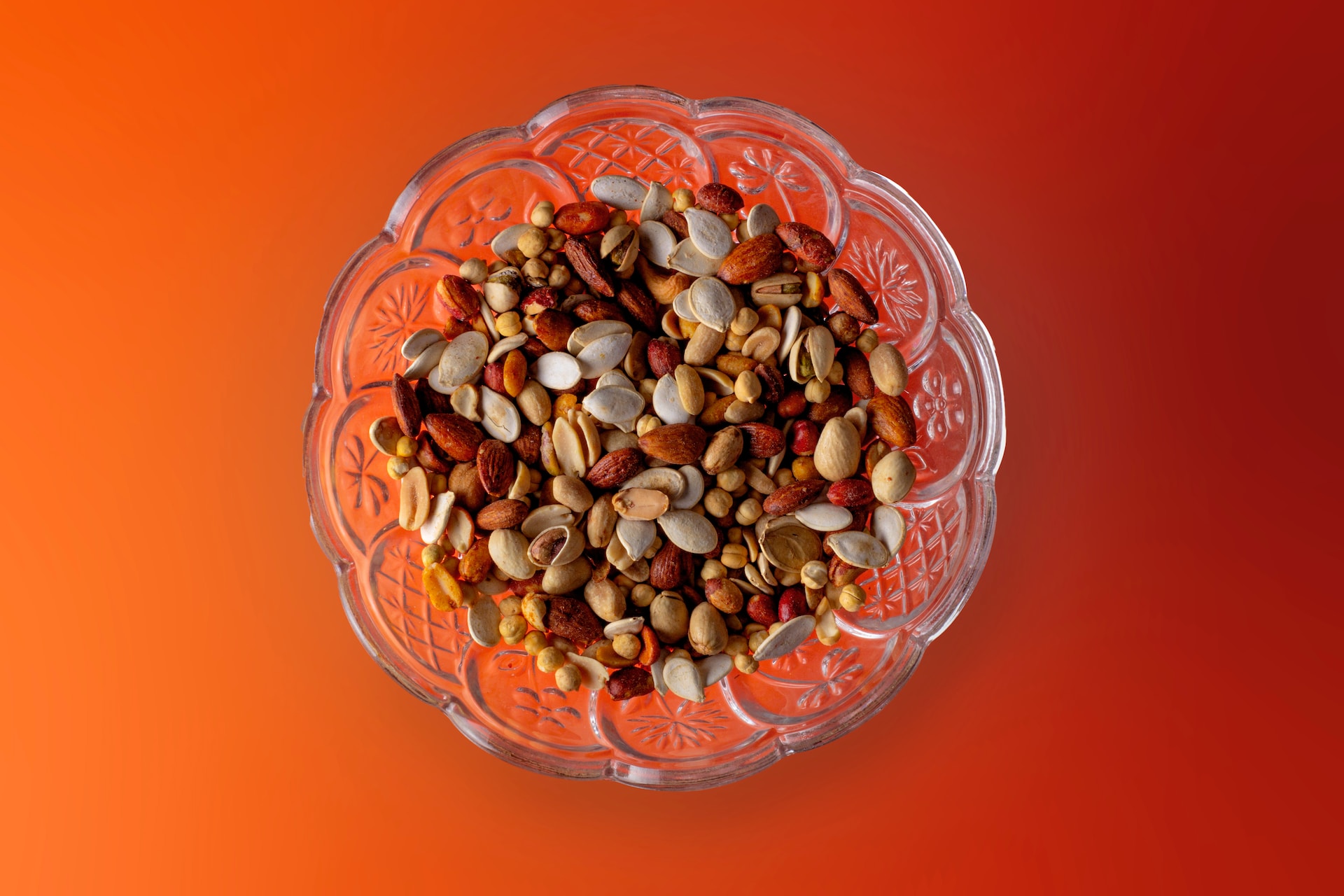
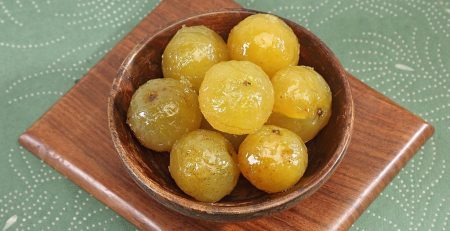
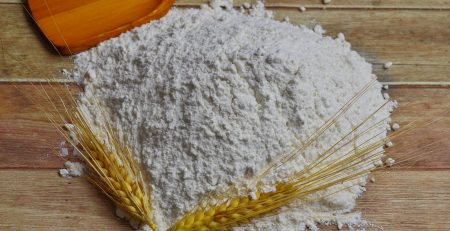



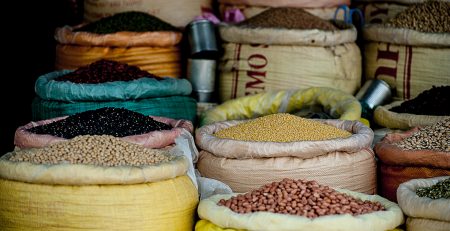
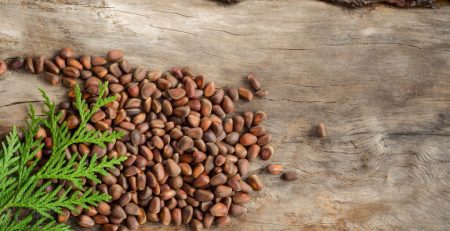
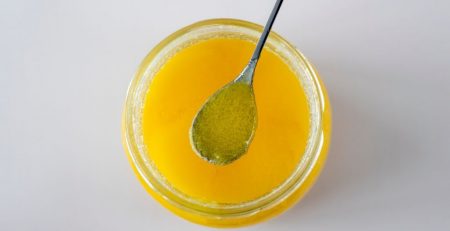
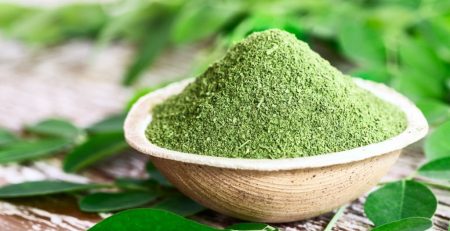
Leave a Reply